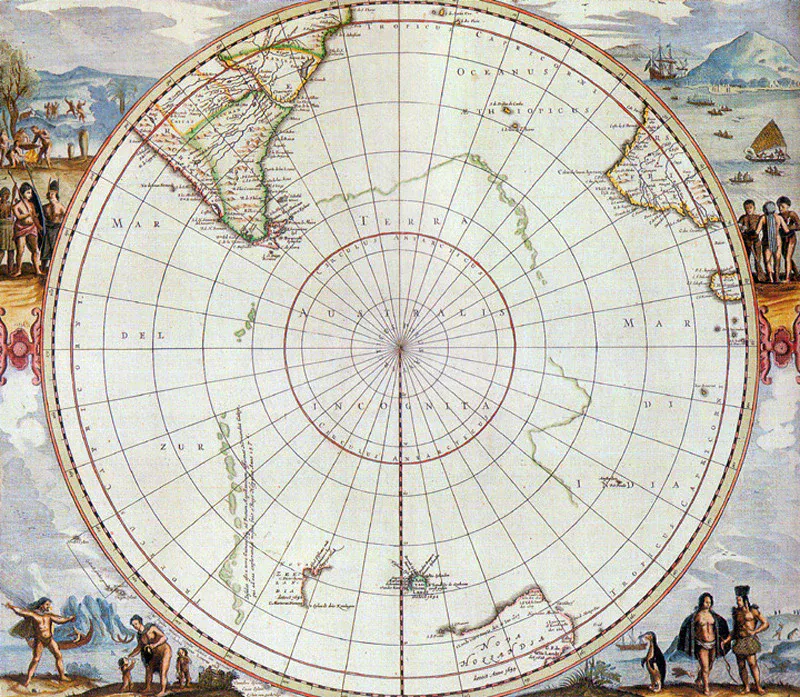The etching technique explained step by step.

The Art of Etching: A Practical Guide
Etching is one of the oldest and most fascinating intaglio printing techniques, used by artists such as Rembrandt and Goya to create timeless works of art. This technique involves the use of a metal plate engraved through a chemical process, which allows for fine details and evocative contrasts. Let's discover together how to make an etching, step by step.
Necessary Materials
- Metal plate: Usually copper or zinc.
- Protective varnish or wax: To protect uncut areas.
- Acid: A mixture of dilute nitric acid or ferric chloride.
- Awl or incision needle: To trace the design on the plate.
- Chalcographic printing ink: Specific to the technique.
- Tarlatan and printing paper: To remove excess ink and print the work.
- Chalcographic press: Required for transferring the image onto paper.
Steps to Make an Etching
- Plate preparation
Clean the metal plate thoroughly with alcohol or mild abrasives to remove grease and dirt. This will allow the protective paint to adhere properly. - Applying the paint
Cover the plate with a protective varnish or wax. It can be applied by brush or by dipping, creating a uniform layer. - Drawing on engraving
Using the awl, etch your design into the protected surface. Where you remove the paint, the metal will be exposed to the acid. You can play with different pressures to create deeper or shallower marks. - Acid etching
Immerse the plate in a solution of dilute nitric acid or ferric chloride. The exposure time depends on the intensity of the lines desired. Check the process periodically and remove the plate when the desired effect is achieved. - Cleaning the plate
Remove the protective varnish with solvents. Your plate will now show the engraved design, ready to be inked. - Inking
Spread the intaglio ink over the entire surface of the plate, making sure it penetrates the engravings. Use a tarlatan (a rough cloth) to remove the excess ink, leaving it only in the engraved lines. - Paper preparation
Wet the printing paper to make it softer and more capable of absorbing the ink. Blot it to remove excess water. - Press
Place the inked plate on the gravure press, on a soft surface, and place the damp paper on top. Turn on the press, which will transfer the ink from the plate to the paper. - Drying
Let the print dry in a clean, dry environment. This process may take a day or more.
Tips for Beginners
- Experiment with different ratios of acid to achieve varied effects.
- Test on small plates before working on a final design.
- Always protect your skin and work in a well-ventilated environment to avoid exposure to acid fumes.
Etching is a technique that requires patience and precision, but the results can be incredibly rewarding. Over time, you can hone your skills and create unique works that reflect your personal style. Happy etching!
Would you like to learn more about a step or other engraving techniques? Write me in the comments!

